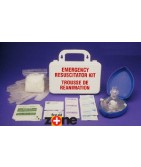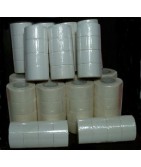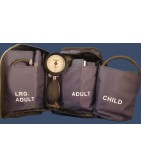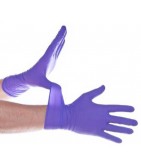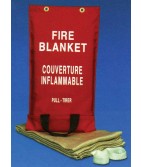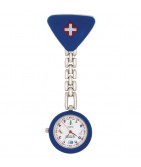 Both heat and cold therapy are used as non-invasive pain relievers for joint and muscle pain. These two therapies are very easy to apply and do not require extensive medical training. Although both therapies essentially serve the same purpose, to alleviate pain, they should be applied differently depending on whether the pain is chronic or acute.
Both heat and cold therapy are used as non-invasive pain relievers for joint and muscle pain. These two therapies are very easy to apply and do not require extensive medical training. Although both therapies essentially serve the same purpose, to alleviate pain, they should be applied differently depending on whether the pain is chronic or acute.
Cold therapy is indicated for new injuries that will most likely lead to inflammation and swelling. The ice will reduce the blood flow to the affected area by constraining blood vessels and consequently decreasing inflammation. On the other hand, heat therapy is recommended for reoccurring pain and it works by increasing the blood flow in the affected area, which ultimately triggers the healing process.
Heat therapy opens blood vessels to increase blood flow. Blood flow brings white cells, nutrients, and oxygen to reduce pain in the joints, muscles, and associated structures, such as ligaments and tendons. Heat decreases muscles spasms and improves range of motion. It also increases tendon and ligament flexibility. Heat therapy is recommended for chronic muscle and joint pain.
Heat Therapy
Heat therapy may be applied using a variety of methods, including heating pads, gel packs, and hot water bottles. Hot water baths can have the same effect as any of the above mentioned devices. You can apply heat as moist warmth or dry, but you should know that dry heat sources can eventually dry your skin as well. Heat therapy does not mean boiling hot, but rather warm temperatures.
You should not apply heat sources directly on your skin as it can cause irritation or even burns. Wrap the device in a thin towel to allow the heat to get into your muscles without damaging your skin. Maintaining the heat source at a constant temperature is also very important. The exposure time is crucial and should not exceed more than 20 minutes. You should not use heat therapy for swelling or open wounds; cold therapy is what you need in such cases. For diabetes or poor circulation, heat therapy is not indicated.
Cold Therapy
Unlike heat therapy, cold therapy slows down the blood flow to the injured zone, which reduces pain and associated swelling and spasms. Cold therapy works miracles for swollen or bruised areas and it can be applied using gel or ice packs or ice pack holders. It is the ideal pain reliever if applied within 24 to 48 hours after the injury. All cold therapy devices should not be used for more than 20 minutes. It can be reapplied after a ten minute break. Cold therapy works well with sprains, bumps, sports injuries and strains.
Just like with heat therapy, cold therapy devices should be applied covered in a thin towel and not directly on the skin as it can cause additional injury to the skin. For more information, you should consult with your health care provider and check which therapy suits you best.








